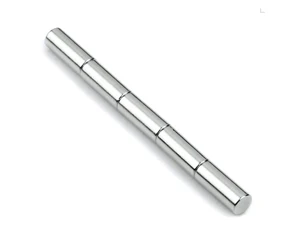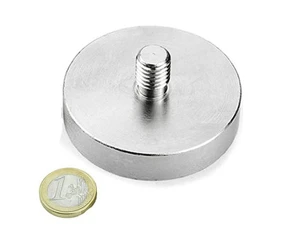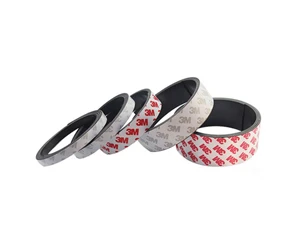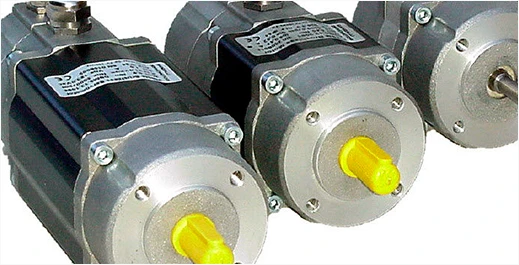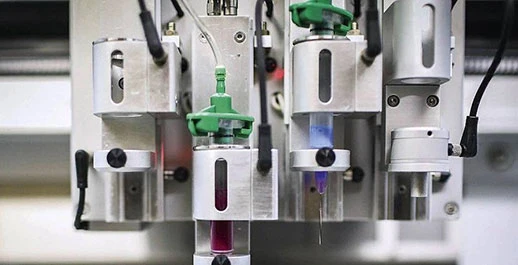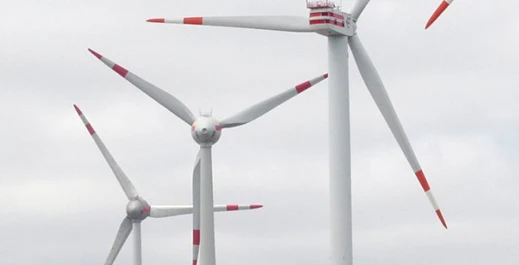Ferrite magnets are permanent magnets mainly made of SrO or BaO and Fe2O3. Compared to other permanent magnets, ferrite magnets are hard and brittle, with lower magnetic energy. However, it is not easy to demagnetize and is not easy to corrode, the production process is simple and the price is low. Therefore, the output of ferrite magnets in the entire magnet industry is relatively high and is widely used in industrial production.
Ferrite magnets are sintered permanent magnetic materials composed of barium and strontium iron. In addition to strong anti-demagnetization properties, this magnetic material has the advantage of low cost. Ferrite magnets are hard and brittle, and require special machining processes. Because the magnets of the opposite sex are oriented along the manufacturing direction, they must be magnetized in the direction taken, and the magnets of the same sex can be magnetized in any direction because they are not oriented, although a slightly stronger magnetic induction is often found on the side under pressure which is the smallest. The magnetic energy product ranges from 1.1MGOe to 4.0MGOe. Due to its low cost, ferrite magnets have a wide range of applications, from motors, speakers to toys and handicrafts, so they are the most widely used permanent magnet materials at present.

Ferrite magnets are produced by powder metallurgy, with low remanence and low recovery magnetic permeability. The coercive force is large and the anti-demagnetization ability is strong, which is especially suitable for the magnetic circuit structure used in dynamic working conditions. The material is hard and brittle and can be used for cutting with emery tools. The main raw material is oxide, so it is not easy to corrode. Operating temperature: -40°C to +200°C.
Ferrite magnets are further divided into anisotropic (anisotropic) and isotropic (isotropic). The magnetic properties of isotropic sintered ferrite permanent magnet materials are weak, but they can be magnetized in different directions of the magnet; anisotropic sintered ferrite permanent magnet materials have strong magnetic properties, but only along the direction of the magnet Magnetize in a predetermined magnetization direction.
In the actual production of ferrite magnets, raw materials with good chemical composition may sometimes not be able to obtain ferrite magnets with good performance and microstructure, and the reason is the influence of physical properties. The listed physical properties of iron oxide include average particle size APS, specific surface area SSA and bulk density BD. Since iron oxide accounts for about 70% in the formula of manganese-zinc ferrite magnet, its APS value has a great influence on the APS value of ferrite magnet powder. Generally speaking, the APS value of iron oxide is small, and the APS value of ferrite magnet powder is also small, which is beneficial to speed up the chemical reaction. However, considering that the powder particles are too fine, it is not conducive to the subsequent pressing and sintering, and the APS value should not be too small.
Obviously, when the APS value of iron oxide is too large, during pre-sintering, due to the large particle size, only the diffusion reaction of the spinel phase can be carried out, and the grain growth process cannot be further carried out. This inevitably leads to an increase in the activation energy required for sintering, which is not conducive to the solid-phase reaction.

